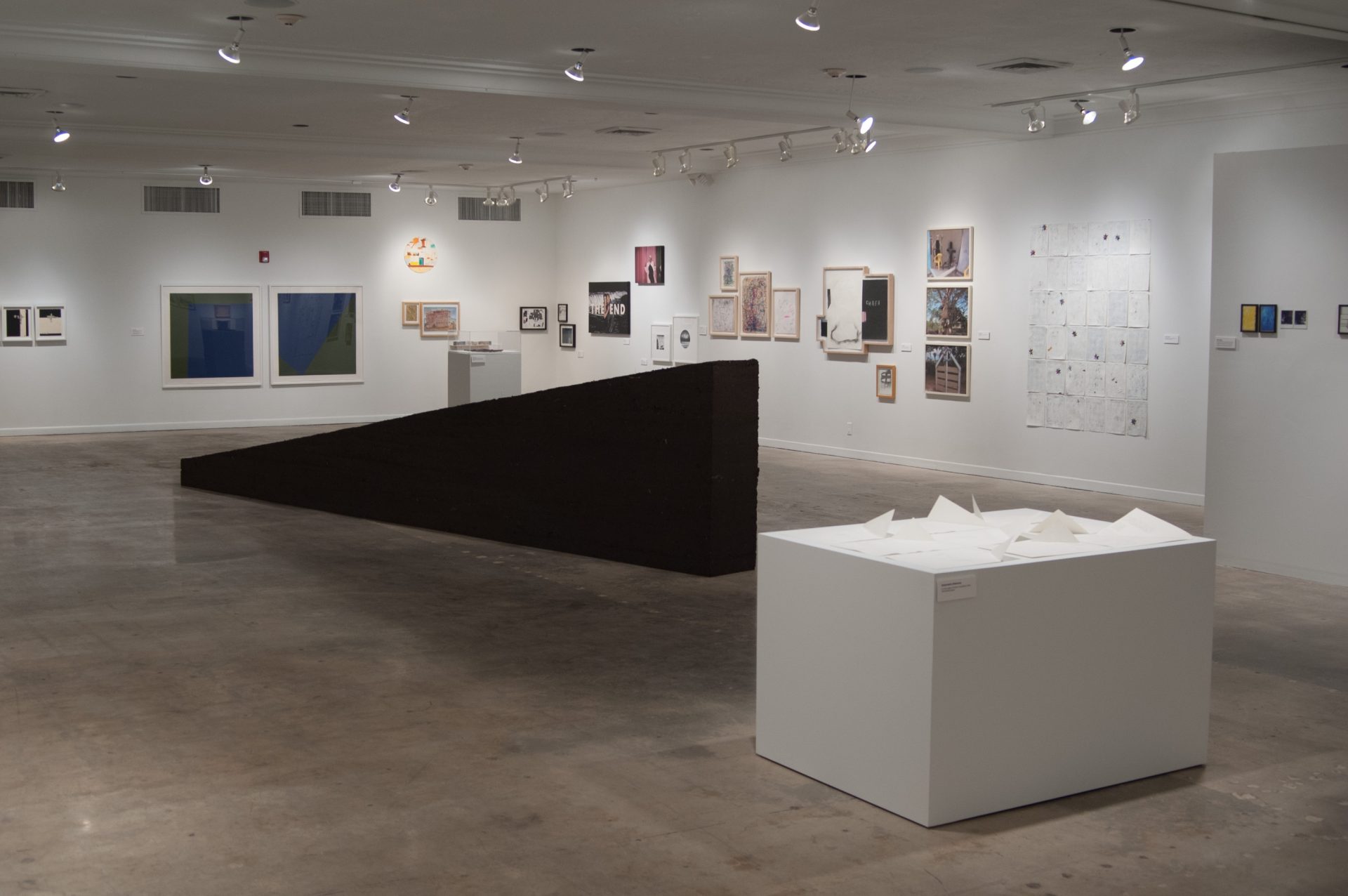One of the more interesting articles I’ve seen lately, especially because it also discusses Banksy. However you think about the subject, it is one that has currency.
The Politics of Writing on Walls
Gabriel Soldatenko
Department of History and Philosophy
Kennesaw State University“Does graffiti have a political value?” to the more general, “Is there a political value in criminality?”
The last type of graffiti [noted and defined within the article] would be that of the recent phenomenon of “street art,” best represented by the street artist Banksy, which is a type of art that combines the popular practice of the second type of graffiti with the Situationist practice of détournement in interesting and innovative ways. As a result, Banksy, and others like him, invert and subvert the world as it is through a playful deployment of critical art. The point of street art, then, is to upset our understanding of the given and commonplace precisely so we gain a kind of critical distance and see things anew, perhaps as they really are. Consequently, street art is explicitly political in its medium and message in a way that the second type of graffiti is not. However, the point worth emphasizing here is not that street art expresses the fullness of graffiti’s potential, but rather, that the graffiti of gangs and crews is also a kind of street art. Thus, if Banksy gives us the example of the solitary artist cunningly trying to pull the wool off from over our eyes, then gangs and crews produce their graffiti precisely to affirm their collective existence, as if to say, “We are here, and fuck your rules.” On the one hand, the first kind of street art pushes us to critique what we have come to accept as “normal,” while the latter starts from that rejection and attempts to produce, at least in a limited way, a world of its own making, according to its own architecture. To put it in still another way, if Banksy’s street art is meant to shake us from our stupor and to recognize the world around us, then that of gangs and graffiti crews’ is meant to speak to one another and create a world of their own, even when they know that such a creation is ephemeral and outside the bounds of the acceptable. Seen in this light, the persistence and growth of gangs and graffiti crews in our society also reflects a collective commitment of a significant number of young people to keep these social forms alive. Through this political philosophical perspective then, graffiti becomes an interesting point of departure for broadening our understanding of what political action is, particularly through the social creation of graffiti on our city streets, and through graffiti’s development as a popular urban art form. This essay, therefore, focuses on the second type of graffiti in order to enrich how we think of the political, and takes up the doing of graffiti on the streets of Los Angeles as an important locus.
Read full text — Rhizomes » Issue 25 (2013) » Gabriel Soldatenko
